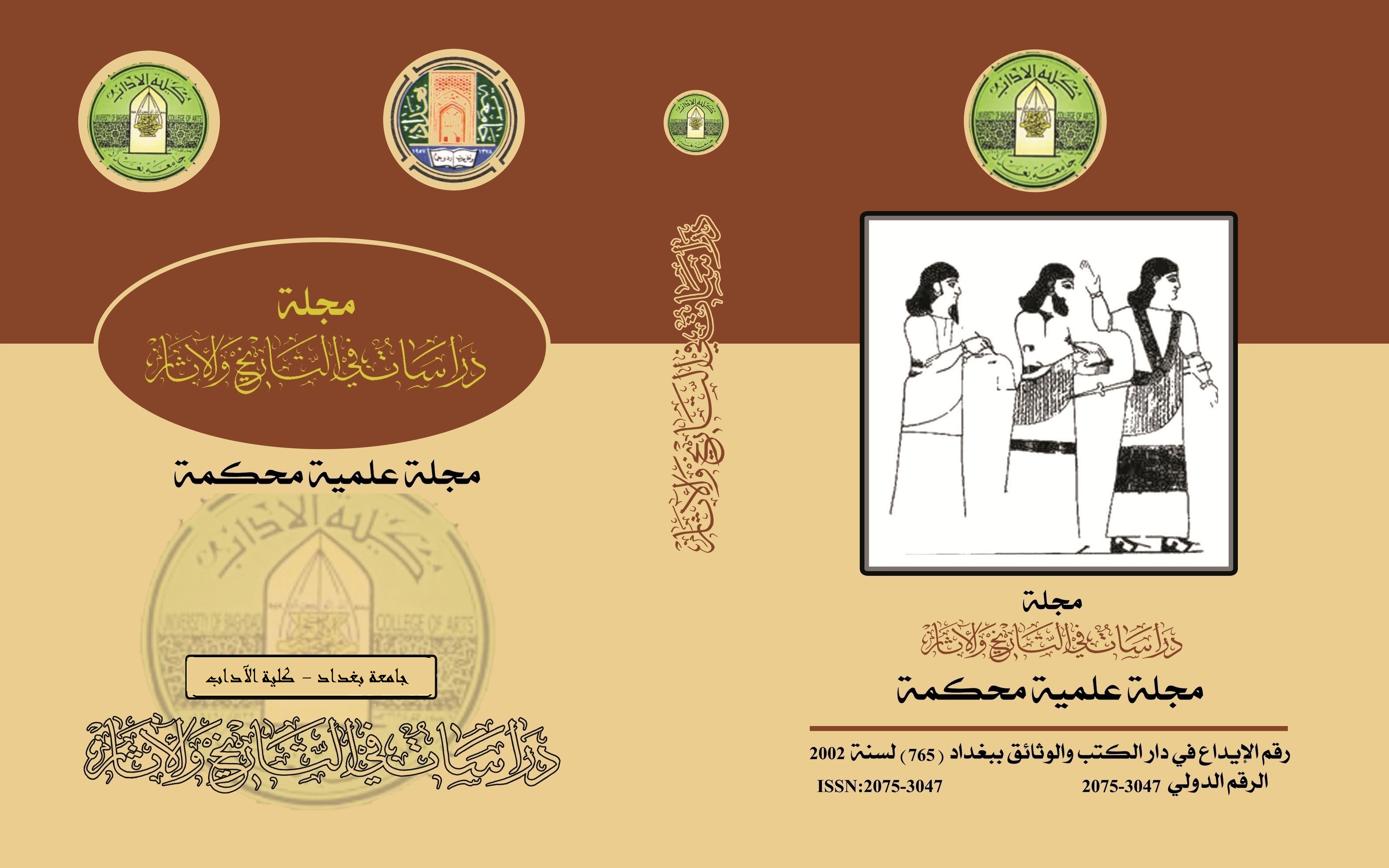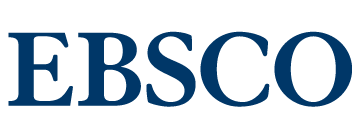المؤامرة الأمريكية على بوليفيا دور CIA في أحداث أنقلاب الرابع من تشرين الثاني 1964م
الكلمات المفتاحية:
المؤامرة، امريكا، بوليفيا، أنقلابالملخص
تعتمد وكالة الاستخبارات المركزية الأمريكية في إداء مهام عملها على تجنيد الوكلاء المحليين والدوليين للعمل كعملاء مجندين لخدمة السياسة الامريكية، وقد لا يطلع معظم هؤلاء المجندين على المعلومات والوثائق الخاصة بالاستراتيجية الكبرى لمسارات السياسة الخارجية، لكون تلك السياسة متعددة الأنماط والمتغيرات، وكل حالة لها صورة مختلفة من حيث التوجهات والمحددات، وأن تفسير قضية التدخل الاستخباراتي في احداث انقلاب الرابع من تشرين الثاني 1964م قد جاء لأسباب سياسية متعلقة بإعادة رسم علاقات دبلوماسية تناغم أهداف الإدارة الامريكية في مختلف المجالات السياسية والاقتصادية والعسكرية.
إن معظم العاملين في وكالة الاستخبارات المركزية (CIA) عملوا بصفة موظفين منتدبين لدى البعثات الدبلوماسية الأمريكية تحت غطاء حكومي، ليتسنى لهم الوصول الى المعلومات الخاصة بأهداف العمل الاستخباراتي السري، وذلك الأمر أعطى لموظفي الوكالة فرصة كبيرة للعمل في اي بلد، رغم أن هناك وظائف رسمية لموظفي الوكالة داخل السفارات مثل الاشراف على تنظيم التعاون في مسألة تقديم المساعدات واعادة تأهيل وتطوير قيادة القوات العسكرية للبلدان الصديقة او المتعاونة مع الإدارة الامريكية، او تحليل مخاطر الازمات السياسية والاقتصادية على مصالح الأمريكيين، ومن جهة اخرى تعد وكالة الاستخبارات عملية جمع المعلومات عبر عملائها قد لا تأخذ صفة رسمية بل هي مرهونة باستراتيجيات التجسس غير المشروعة
المراجع
- CIA, Latin America Division, Subject: Increase of Subsidy Provided to the support its Covert Action Projects designed to break the power of the National Revolutionary Movement of the left (MNR) and the Communist Party of Bolivia (PCB), S.G.114, Washington, January. 20, 1964.
- CIA, National Security File, Country File, Bolivia, Vol. I, Memoranda, December 1963–July 1964. Secret, National Archives and Records Administration, RG 59, Central Files 1964, POL 14 BOL.
- CIA, National Security Files—Countries (hereafter NSF-CO), Report Top Secret From Henderson to Secretary of State Rusk, Subject “Development Crisis Administration for Government Cooperation in Bolivia'', Vol.1, Cables.12/63–7/63, box.7, 7 and 8 May, 1964.
- CIA, National Security Files—Countries (hereafter NSF-CO), Report Top Secret, DAILY BRIEF: Bolivia Violence may occur, Central Intelligence Bulletin, Jan.16, 1964.
- CIA, National Security, Socialist Workers Party in Bolivia, Central Intelligence Bulletin, March. 3, 1964.
- CIA, National Security Action, Memoranda No. (37): "Regarding the Soviet offer, Juan Lechín", Bolivian Foreign Ministry, "Bolivia Cables", Vol. 1, 1/64–7/64,” box. 7, RV-4/E-54, May.22, 1964.
- CIA, National Security Action, National Intelligence Estimate (NIE), Number 92-4, The Situation in Bolivia, July. 30, 1964.
- CIA, Directorate of Intelligence, Office if Current Intelligence, Secret, Intelligence Repot: Situation in Bolivia, Pentagon, CIA Behind Events In Bolivia, Nov.5, 1964.
- CIA, Directorate of Intelligence, Office if Current Intelligence, Secret, Intelligence Memorandum, Situation in Bolivia, OCI. No. 2053/64, Nov. 5, 1964.
- CIA, Directorate of Intelligence, Office if Current Intelligence, Report on Bolivia, The President's Daily Brief, Nov.19, 1964.
- U.S., Documents on American Foreign Relations 1964, Vol. 10, Renews Normal Relations with Bolivia, Dec. 7, 1964.
ثانياً:-الكتب الأجنبية :-
- David S. Meyer & Sidney Tarrow, The Social Movement Society and Politics (People, Passions, and Power: Social Movements, Interest Organizations Political in Bolivia), Rowman & Littlefield Publishers, 1997.
- Donna Lee Van Cott, "Institutional Change and Ethnic Parties in South America." Latin American Politics and Society, Vol. 4, No.2.
- Donna Lee Van Cott, Indigenous Peoples and Democracy: Issues for Policymakers. Indigenous Peoples and Democracy in Latin America, St. Martin's, New York, 1994.
- Harry H. Ransom, The Intelligence Establishment, Harvard University Press, 1970.
- James F. Siekmeier, The Bolivian Revolution and the United States, 1952 to the Present, Penn State Press,2011.
- James Malloy and Richard Thorn, Beyond the Revolution: Bolivia since 1952, Un. of Pittsburgh, 1971.
- Kenneth D. Lehman, Bolivia and the United States: A Limited Partnership, Athens: University of Georgia Press, 1999.
- Steven S. John, Permanent Revolution on the Altiplano: Bolivian Trotskyism: 1928--2005, City Univ. of New York, 2006.
- Thomas C. Field Jr., From Development to Dictatorship: Bolivia and the Alliance for Progress in the Kennedy Era, Cornell University Press Ithaca and London, 2014.
ثالثاً:-الموسوعات:-
- The Encyclopedia Americana, Vol.13, The International Reference Work, Copyright By American Corporation, New Jersey, New York, 2008.
- José de Mesa and Others, José de Mesa and Others, Historia de Bolivia, 3rd edition., Editorial Gisbert, La Paz, 2003.
التنزيلات
منشور
إصدار
القسم
الرخصة

هذا العمل مرخص بموجب Creative Commons Attribution 4.0 International License.
:حقوق الطبع والنشر والترخيص
بالنسبة لجميع البحوث المنشورة في مجلة دراسات في التاريخ والآثار، يحتفظ الباحثون بحقوق النشر. يتم ترخيص البحوث بموجب ترخيص Creative Commons CC BY 4.0 المفتوح ، مما يعني أنه يجوز لأي شخص تنزيل البحث وقراءته مجانًا. بالإضافة إلى ذلك ، يجوز إعادة استخدام البحث واقتباسه شريطة أن يتم الاستشهاد المصدر المنشور الأصلي. تتيح هذه الشروط الاستخدام الأقصى لعمل الباحث وعرضه.
:إعادة إنتاج البحوث المنشورة من الناشرين الآخرين
من الضروري للغاية أن يحصل الباحثون على إذن لإعادة إنتاج أي بحث منشورة (أشكال أو مخططات أو جداول أو أي مقتطفات من نص) لا يدخل في نطاق الملكية العامة أو لا يملكون حقوق نشرها. يجب أن يطلب الباحثون إذنًا من مؤلف حقوق النشر (عادة ما يكون الناشر).
يطلب الإذن في الحالات التالية:
بحوثك الخاصة المنشورة من قِبل ناشرين آخرين ولم تحتفظ بحقوق النشر الخاصة بها.
مقتطفات كبيرة من بحوث أي شخص أو سلسلة من البحوث المنشورة.
استخدم الجداول والرسوم البيانية والمخططات والمخططات والأعمال الفنية إذا لم يتم التعديل عليها.
الصور الفوتوغرافية التي لا تملك حقوق لنشرها.
لا يطلب الإذن في الحالات التالية:
إعادة بناء الجدول الخاص بك مع البيانات المنشورة بالفعل في مكان آخر. يرجى ملاحظة أنه في هذه الحالة يجب عليك ذكر مصدر البيانات في شكل "بيانات من ..." أو "مقتبس من ...".
تعتبر عروض الأسعار القصيرة معقولة الاستخدام العادل ، وبالتالي لا تتطلب إذنًا.
الرسوم البيانية ، الرسوم البيانية ، المخططات ، الأعمال الفنية التي أعاد الباحث رسمها بالكامل والتي تم تغييرها بشكل ملحوظ إلى درجة لا تتطلب الاعتراف.
الحصول على إذن
لتجنب التأخير غير الضروري في عملية النشر ، يجب أن تبدأ في الحصول على أذونات في أقرب وقت ممكن. لا يمكن لمجلة الآداب نشر بحث مقتبس من منشورات أخرى دون إذن.
قد يمنحك مالك حقوق الطبع والنشر تعليمات بشأن شكل الإقرار الواجب اتباعه لتوثيق عمله ؛ بخلاف ذلك ، اتبع النمط: "مستنسخ بإذن من [المؤلف] ، [كتاب / المجلة] ؛ نشره [الناشر] ، [السنة]." في نهاية شرح الجدول ، الشكل أو المخطط.



















